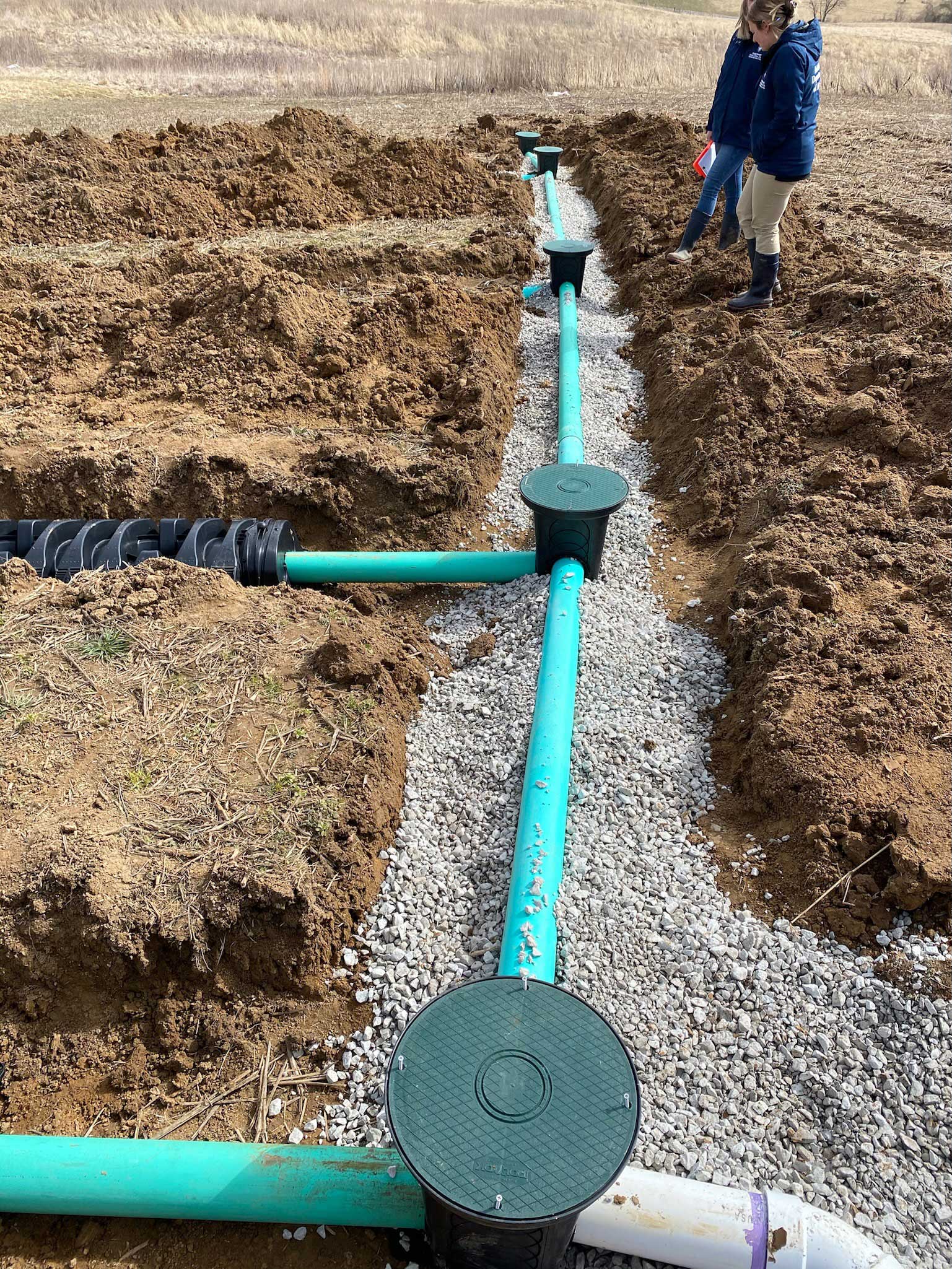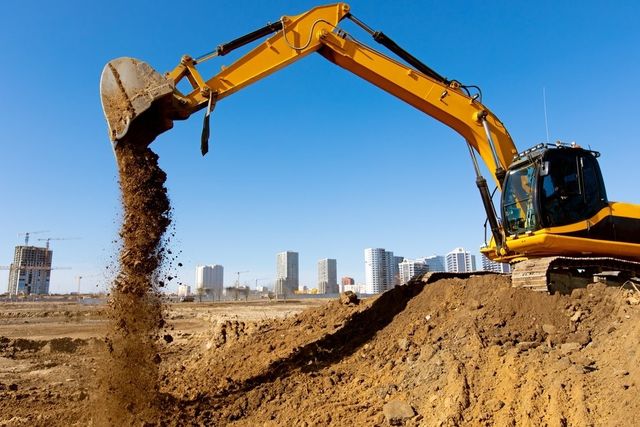Revealing the Art of Excavation: Pro Tips for Safe and Effective Digging
In the realm of excavation, the mastery of effective and safe excavating is an art form that needs precision, understanding, and adherence to well-known techniques. As soil is turned and planet is relocated, the ins and outs of excavation disclose themselves, demanding a keen understanding of tools, soil structure, security methods, and environmental considerations. The knowledge required to navigate these elements efficiently can suggest the difference in between an effective excavation task and a potential catastrophe. By unwinding the layers of this intricate procedure, a world of insights and methods waits for those seeking to elevate their excavation skills to new elevations.
Relevance of Appropriate Devices
To ensure the safety and security and performance of any type of excavation job, utilizing the proper tools is vital. The right devices not only boost efficiency however also mitigate threats connected with excavating. Excavation jobs differ in scope and complexity, ranging from little domestic landscape design work to large construction endeavors. No matter the job dimension, having the right tools can make a significant difference in the outcome.
Excavators are fundamental pieces of machinery in any kind of excavating operation. These functional makers been available in different sizes to fit various project needs. Small excavators are suitable for smaller tasks, while bigger excavators take on much more comprehensive projects efficiently. Backhoes are an additional vital tools type, integrating the functions of a loader and an excavator in one machine. They are valuable for jobs needing flexibility and maneuverability.
Excavators succeed in jobs that call for pushing large quantities of dirt or particles. By spending in the proper equipment, excavation jobs can be completed securely, on time, and with accuracy.
Understanding Dirt Structure
A detailed grasp of soil composition is fundamental for executing excavation jobs with precision and safety and security. Recognizing the different kinds of soil is important as it straight affects excavation methods, tools selection, and overall task effectiveness. Soil composition commonly contains four major elements: sand, silt, clay, and raw material. Each component has one-of-a-kind buildings that influence how soil reacts to excavation procedures.
Silt bits are smaller sized than sand yet bigger than clay, supplying modest drainage and cohesion. Organic issue, such as decomposing plant material, impacts dirt fertility and security.
Before starting excavation, conducting dirt tests to determine its composition and characteristics is necessary. This information helps in choosing the suitable equipment, carrying out safety steps, and creating excavation approaches customized to the particular dirt problems - excavating ohio. By recognizing soil make-up, excavation specialists can improve job results while guaranteeing security and adherence to best techniques
Precaution and Protocols
Comprehending dirt structure is the foundation upon which safety actions and protocols for excavation tasks are developed, making certain the well-being of employees and the success of the undertaking. When it concerns safety and security during excavation, there are a number of crucial measures that visit this page should be applied to reduce dangers and protect against accidents.
Firstly, before any type of digging starts, an extensive assessment of the website should be performed to identify any potential hazards such as below ground utilities, unsteady dirt problems, or close-by frameworks that might present a danger. It is vital to have a proficient individual manage the excavation procedure to guarantee that all safety and security procedures are followed strictly.
Moreover, all employees included in the excavation should be correctly trained in safe excavating practices and the proper operation of tools. By sticking to these safety and security actions and methods, excavation tasks can be completed effectively and without case.
Reliable Excavation Planning
When beginning on an excavation project, meticulous preparation is important to make sure efficiency, safety and security, and successful results. Reliable excavation planning entails several crucial steps that are critical for the smooth implementation of the task.
When the site assessment is complete, the next action is to create a clear timeline and routine for the excavation tasks. This consists of determining the series of tasks, equipment requirements, and workforce appropriation. Appropriate scheduling assists prevent hold-ups and makes sure that the job stays on track.

Additionally, communication amongst all group members is extremely important during the planning phase. Clear regulations, routine updates, and efficient sychronisation are essential for a successful excavation job. By spending time and effort in meticulous planning, excavation teams can dramatically improve performance, lessen threats, and achieve effective outcomes.

Managing Environmental Considerations
With enhancing focus on review ecological sustainability in building and construction techniques, taking care of ecological factors to consider has actually become a vital facet of excavation projects. Excavation activities have the prospective to affect the surrounding atmosphere with soil erosion, sediment runoff, habitat disruption, and contamination of water resources. To mitigate these dangers, it is vital to implement finest practices that prioritize ecological protection.

Furthermore, proper waste monitoring is critical to avoid soil and water contamination. Implementing procedures for the disposal of dangerous materials, recycling of waste products, and reducing using damaging chemicals can significantly decrease the ecological impact of excavation jobs. By incorporating these practices into excavation preparation and execution, building business can make sure that their jobs are not only risk-free and efficient yet additionally eco responsible.
Conclusion
To conclude, grasping the art of excavation needs a detailed understanding of appropriate equipment, dirt structure, precaution, and efficient planning. By adhering to these standards and thinking about environmental variables, excavations can be carried out safely and successfully. It is vital to focus on security and efficiency in every digging project to ensure successful end results.
As soil is transformed and earth is relocated, the complexities of excavation disclose themselves, demanding an eager understanding of equipment, dirt composition, safety and security protocols, and environmental factors to consider.To guarantee the safety and security and effectiveness of any excavation task, utilizing the ideal devices is extremely important.An extensive understanding of soil structure is essential for executing excavation projects with precision and safety and security. Comprehending the various types of soil is have a peek at this site critical as it directly affects excavation techniques, devices selection, and total job effectiveness. By understanding dirt make-up, excavation professionals can boost project results while guaranteeing safety and adherence to best methods.